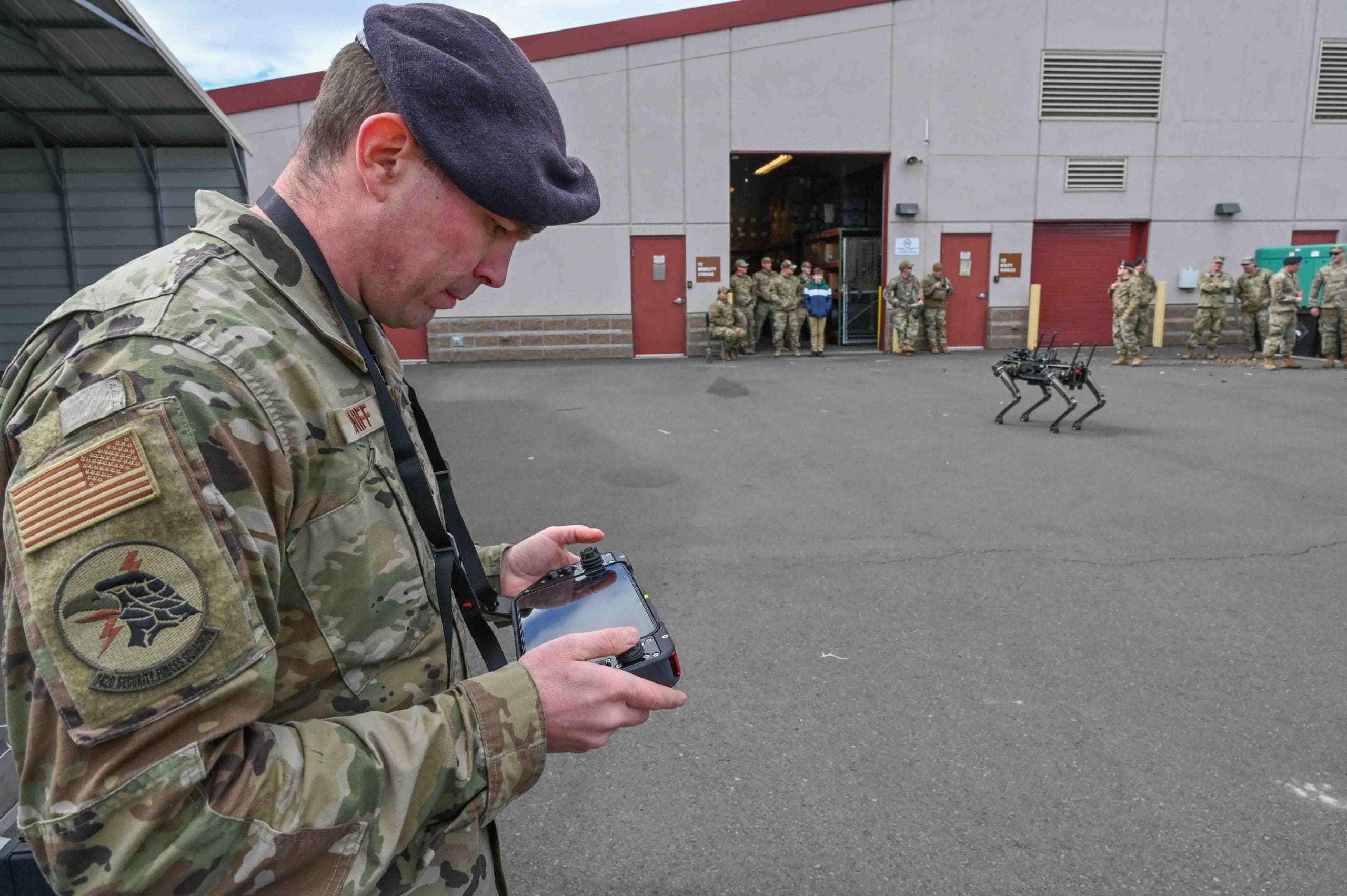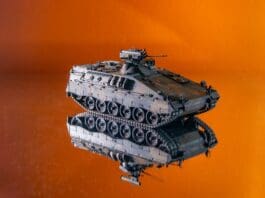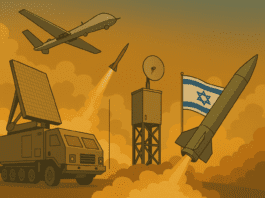
This post is also available in:
 עברית (Hebrew)
עברית (Hebrew)
Security Forces Squadron of the Portland Air National Guard is the first Guard unit in the U.S. to receive a new robot dog. A series of tests will be conducted on the robot by the unit to determine its suitability for various missions, including surveillance and base security.
An unmanned quad-legged ground vehicle with four legs (Q-UGV) has been added to the unit for both operational and security purposes. The robot can video monitor and patrol a fence line without the presence of staff, thereby maintaining their personal safety. US bases have only begun using robotic dogs since last year, and are now extending their use to National Guard units as well.
In the past few weeks, Base officials have begun testing the robot dog in various exercises to see how it interacts with other vehicles and crew. Ghost Robotics and Immersive Wisdom’s robot dog is composed of a variety of sensors and cameras that help it move in complex conditions, and it can easily climb and jump over obstacles. Upon fully charging, the robot dog can operate for about 7 hours. According to military.com, a team from the base is developing a pre-planned route that will allow the robot to operate autonomously.
Additionally, the National Guard forces are reportedly working towards integrating speech capabilities through the robot, so that crew members can communicate with people the robot meets remotely, while on a mission. Combined response capability is expected to aid the National Guard forces in a variety of missions, and it has already been tested as an effective border security solution by the Department of Homeland Security.



